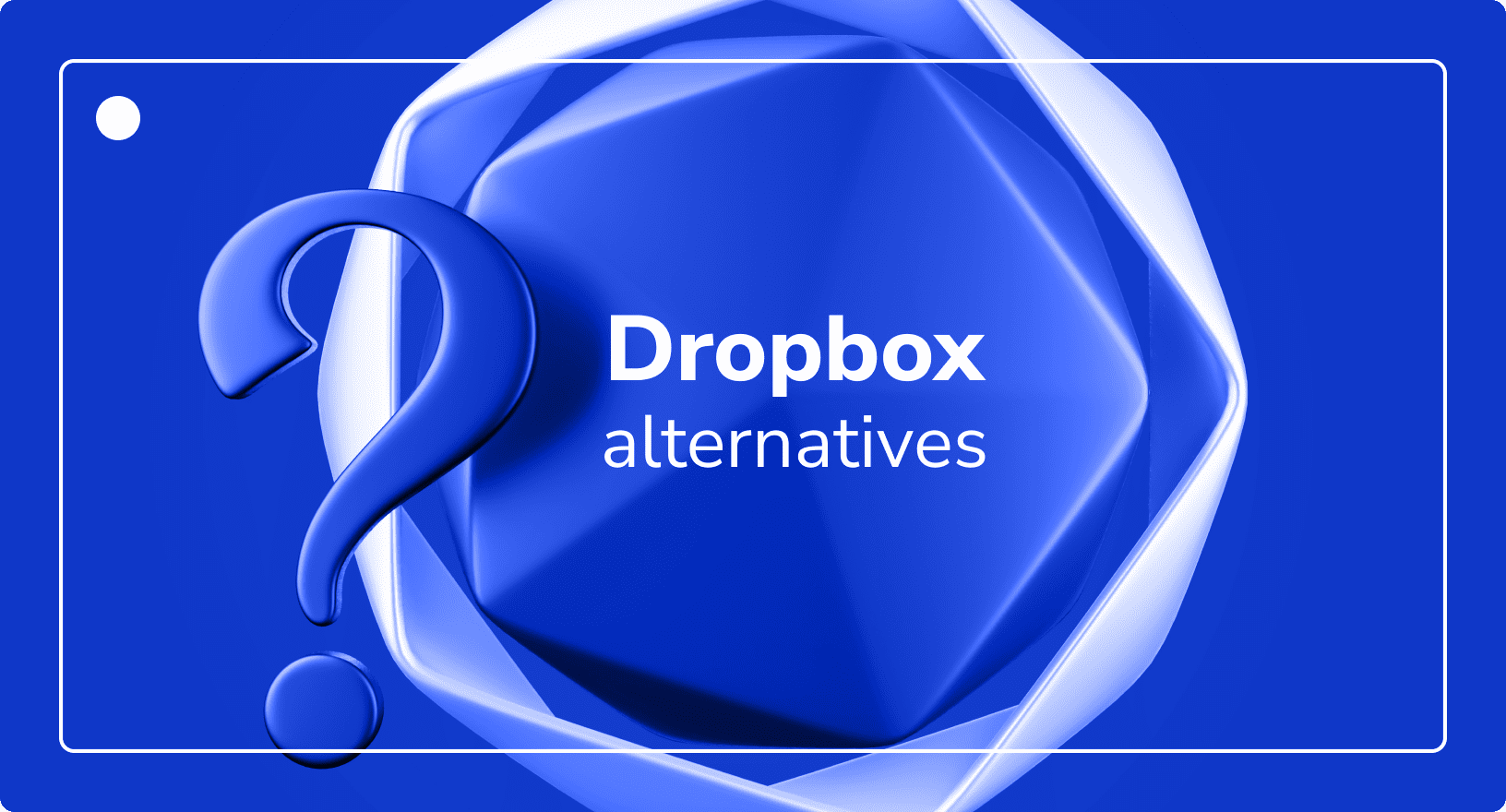6 Steps to Create Better E-Commerce Product Videos
Content Creation
Updated on February 14, 2025
E-commerce product videos are a crucial tool for both brands and consumers, playing a key role in driving conversions and enhancing the overall shopping experience.
As video content becomes integral to the customer journey, having a well-thought-out video marketing strategy is essential. In this article, we explore how product videos can boost sales, reduce returns, and strengthen brand engagement.
Strategic use of product videos significantly impacts conversion rates. Videos help customers understand products better, reducing uncertainty and improving purchase confidence. High-quality product videos also minimise return rates by giving shoppers a clearer idea of what they’re buying.
Should you invest in product videos? Are your products suited for video marketing? In the following steps, we outline everything you need to know to create high-impact e-commerce product videos.
1. Learn the Basics of E-Commerce Product Videos

Your e-commerce video marketing strategy should align with your brand identity and customer expectations. Effective videos are not just about showcasing products—they tell compelling stories that engage, educate, and convert.
Appeal to multiple senses and create an emotional connection with your audience. Messaging that evokes emotions like excitement, trust, or delight can drive stronger engagement and influence purchase decisions.
Core Principles of E-Commerce Product Video Production
To create compelling product videos, follow a structured process:
- Define Your Objective: Clearly outline the video’s purpose—whether it’s increasing conversions, reducing returns, or building brand awareness.
- Develop a Script and Storyboard: Plan the narrative flow, ensuring the video highlights key product features and benefits engagingly.
- Capture High-Quality Footage: Use professional lighting, steady shots, and detailed close-ups to showcase your product in the best possible way.
- Refine in Post-Production: Edit the footage, optimise sound quality, enhance visuals, and integrate branding elements for a polished final product.
- Distribute Strategically: Publish your product videos across multiple channels, including product pages, social media, and digital ads, to maximise reach and engagement.
Choosing the Right Video Format
Selecting the appropriate video type is essential to ensure it resonates with your audience. Consider the following formats:
- Product Feature Videos: Highlight key features and demonstrate real-world applications.
- Story-Driven Videos: Use storytelling to create a memorable brand connection.
- Unboxing & Review Videos: Build trust with authentic, user-generated-style content.
- How-To & Tutorial Videos: Showcase step-by-step guides to enhance user experience.
- Customer Testimonials: Leverage social proof to boost credibility and conversions.
2. Plan and Prepare for Success

Targeting the right audience is critical to a successful product video campaign. Clearly define your customer personas and craft messages that speak directly to their needs.
A storyboard helps visualise the final video, ensuring seamless execution. High production quality is equally essential, so use professional equipment and expert techniques to enhance your video’s impact.
The key is to make your product appear indispensable by showcasing it from multiple perspectives, highlighting unique selling points, and addressing customer pain points effectively.
3. Film and Produce

Creating high-quality e-commerce videos doesn’t always require an elaborate studio setup. Often, maximising your available production environment and ensuring proper lighting can significantly improve video quality.
- Video Length: Tailor video length to the complexity of the product, keeping it concise yet informative.
- Lighting: Proper lighting enhances product visibility and ensures a premium look.
- Audio Quality: Use directional microphones and eliminate background noise for clear, professional sound.
- Stability: Avoid shaky footage by using tripods, gimbals, or stabilisers.
Common Pitfalls to Avoid
Even with a strong strategy, mistakes can happen. Avoid creating videos that are too long, as this may lead to viewer drop-off. Poor audio and lighting can make even the best products look unappealing. Most importantly, always include a clear call-to-action to ensure viewers take the next step.
4. Editing and Post Production

Post-production is where your video comes to life. This phase involves:
- Including Call-to-Actions (CTAs): Guide viewers toward the desired action, such as making a purchase or visiting your website.
- Selecting the Best Footage: Trim unnecessary content and highlight essential details.
- Enhancing Visuals & Sound: Adjust colours, add effects, and synchronise music to evoke emotions.
Recommended Tools for Video Post Production
If you’re new to video production, having the right tools can make a significant difference. Professional software like Adobe Premiere Pro (which our team uses) or Final Cut Pro offers advanced editing capabilities, while mobile-friendly apps like InShot or CapCut are great for quick edits. For branding and animation, tools like Canva and Animoto simplify the process.
5. Publish and Display

Once your video is ready, it’s time to choose distribution channels. Embedding videos on product pages increases engagement and conversions. Here are some ideal areas to focus on:
- Product Pages: Embed videos on retailer websites to enhance engagement and conversions.
- Social Media & Digital Ads: Optimise videos for Instagram, TikTok, YouTube, and Facebook to expand reach.
- Email Marketing & Landing Pages: Use videos in newsletters and targeted campaigns to nurture leads.
A well-integrated video strategy increases site dwell time, a crucial SEO ranking factor, and improves customer retention rates.

Turn Ideas into Impactful Content
Boost your brand’s reach with expert e-commerce video production and syndication.
6. Track and Measure Performance

Measuring the impact of your e-commerce product videos is vital to refining future strategies. Key performance indicators (KPIs) to track include:
- View Count: The number of times the video has been watched.
- Engagement Rate: Metrics such as watch time, likes, shares, and comments.
- Conversion Rate: The percentage of viewers who proceed to make a purchase.
- Return Rate Reduction: A decrease in returns due to better-informed customers.
With this data, you can refine your video strategy in several ways:
- Optimise Content: Identify which videos drive the most engagement and replicate their success in future productions.
- Enhance Distribution: Focus on platforms where engagement rates are highest to maximise ROI.
- Improve Video Structure: Analyse drop-off points to refine video length, pacing, and key messaging.
- A/B Test Call-to-Actions: Experiment with different CTAs to determine which prompts lead to higher conversions.
- Adjust Production Techniques: Use data insights to enhance lighting, narration, or animations to align with audience preferences.
A data-driven approach ensures continuous improvement and maximises the impact of your e-commerce video strategy.
Video SEO Optimisation Tips
To ensure your product videos get discovered, optimise them for search engines. Use descriptive titles and tags to improve visibility on YouTube and Google. Adding captions and transcripts not only boosts accessibility but also enhances keyword relevance. Additionally, leveraging schema markup can improve your video’s ranking in search results.
Wrapping Up
A well-executed e-commerce product video strategy significantly boosts sales, enhances customer engagement, and strengthens brand presence. Studies show that e-commerce conversions can increase by up to 71% with compelling video content.
To succeed, ensure:
- Regular performance analysis to optimise results over time.
- A clear objective and message that aligns with customer expectations.
- High-quality production with engaging storytelling elements.
- Strategic distribution across the right platforms.
DemoUp Cliplister E-Commerce Product Video Solutions
DemoUp Cliplister offers a wide range of solutions in the field of product video presentation.
- E-Commerce Content Syndication for Brands
- E-Commerce Content Sourcing for Retailers
- Video and Digital Asset Management
- Review Video Production
- Animated Video Clip Production
- 3D/AR Model Production
To learn more about our products and services, book a free consultation with one of our e-commerce specialists.
You can find our entire product portfolio on our homepage.
For more about e-commerce content, digital asset management, and product videos, be sure to visit the blog.

Turn Ideas into Impactful Content
Boost your brand’s reach with expert e-commerce video production and syndication.
Frequently Asked Questions
If you’re new to e-commerce product videos or looking to enhance your strategy, you might have some pressing questions. Below, we’ve compiled answers to the most common inquiries to help you make the most of your video marketing efforts.
E-commerce product videos are visual presentations that showcase a product’s features, benefits, and usage, helping online shoppers make informed purchasing decisions.
Product videos enhance the online shopping experience by providing detailed insights into a product, increasing customer engagement, and boosting conversion rates.
To create compelling e-commerce product videos, focus on high-quality visuals, clear and concise messaging, and highlight key features that address customer needs.
Effective types of product videos for online stores include product demonstrations, unboxing videos, customer testimonials, and how-to guides.
Product videos can increase e-commerce sales by building trust with customers, reducing return rates, and providing a more comprehensive understanding of the product.
Better Content. More Sales.

Fill out the form to discover our end-to-end eCommerce content solutions for brands & shops




